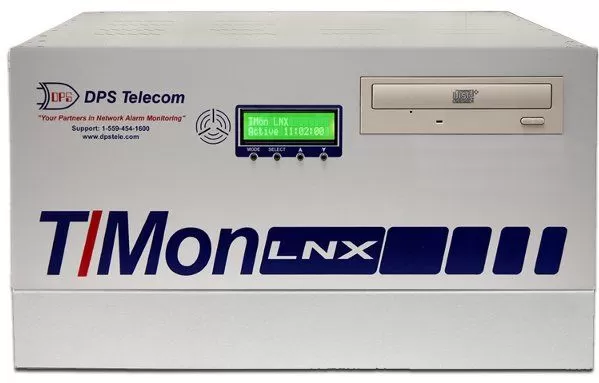Check out our White Paper Series!
A complete library of helpful advice and survival guides for every aspect of system monitoring and control.
1-800-693-0351
Have a specific question? Ask our team of expert engineers and get a specific answer!
Sign up for the next DPS Factory Training!

Whether you're new to our equipment or you've used it for years, DPS factory training is the best way to get more from your monitoring.
Reserve Your Seat TodayBuilding the perfect Master Alarm Monitoring station should be a careful process. Take everything into consideration, like how efficient your head-end unit is and how well can it integrate all of your security operations.
The head-end alarm monitoring system unit is the most important foundation on which you can build your alarm monitoring network. Understandably, however, finding the right fit for your needs can be a difficult and daunting task. This is because every situation has its unique circumstances.
Today we are going to look at a guide that simplifies the process by providing you with every important aspect such as hardware and software that should be taken into consideration when shopping for a new master station. Whether you are a beginner in the industry, or someone looking to scale their business' alarm monitoring system to the next level.
The first step to finding the right head monitoring station for you is shopping for hardware requirements. This is because you can quickly narrow down alarm monitoring system manufacturers that are competent enough for your needs.
A good alarm monitoring system manufacturer that can help you scale up your business' monitoring solutions while future-proofing your network will be able to customize your equipment for you. Beware of any manufacturer that tries to convince you that their device is a one-size-fits-all solution.
In the case of master stations, you want a manufacturer that provides you with head-end units that can fit your needs without breaking your bank or making you spend money needlessly.
Ask yourself the following questions when looking at the hardware aspect of an alarm monitoring system manufacturer's master station:
These are 3 out of many other considerations. You can also look at other things like power supply redundancy, form factors, customizable mounting, GUI (Graphical User Interfaces), etc. The more variety the better.
Once you have decided that a manufacturer is competent enough to customize your equipment to your specific needs, you need to look at how stable and secure their software and protocol on the master station is.
What alarm protocols does the master station support? alarm protocols have an inbound and outbound section. The inbound protocols should include ASCII, DCM, DCP, DCPf, DCPx, E2A, Email, NEC, Pager, Ping, SMTP, SNMP, SQL, TABS, TBOS, Teltrac, and any other additional customized protocols that are often introduced by manufacturers that know what they're doing.
The outbound protocols will include protocols that are included in inbound protocols, as well as Badger, Cordell, Felix, FX8800, Granger, Larse, Modbus, NTP, POP3, Pulsecom, Syslog, and other special protocols provided by the manufacturer.
Ask yourself the following questions when looking at the software and protocol aspect of an alarm monitoring system manufacturer's master station:
You can also check for other things such as interoperability with other devices and systems from other manufacturers. Beware of manufacturers that try to hamper your interoperability, this will cause vendor lock-in. Any good manufacturer should retain you in the long run due to their quality of service, not your inability to leave them due to needing total system replacements.
DPS Telecom has over 40 years of experience. It was built from the ground up by engineers and other professionals who know their products inside and out. DPS Telecom's policy is to make everything as customizable as possible for you.
We provide you with a comprehensive lineup of master stations, also called T/MONs. These include:
Our T/MONs support redundancy, interoperability, integration, and any other protocols that you may need. DPS Telecom will provide you with tech support, in-depth documentation, training, and on-site visits to set you up for future success.

If you have any further questions regarding purchasing the correct master station unit for you, please call or email me today. Even if we can not find a compromise, I will do my best to point you in the right direction.
Call me at 1-800-693-0351 or E-mail me at sales@dpstele.com

Ziad Alezabi
Ziad Alezabi is a Application Documentarian at DPS Telecom. He reviews successful DPS client projects and reports on the best practices that you can use to successfully reach your own project goals.